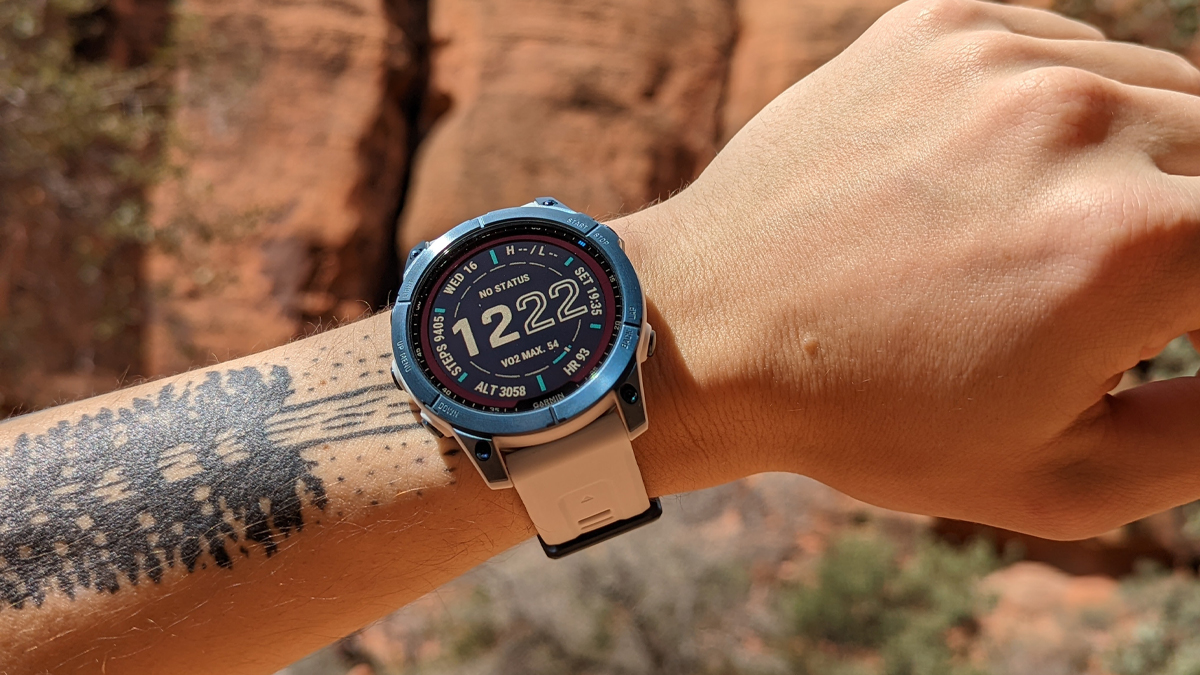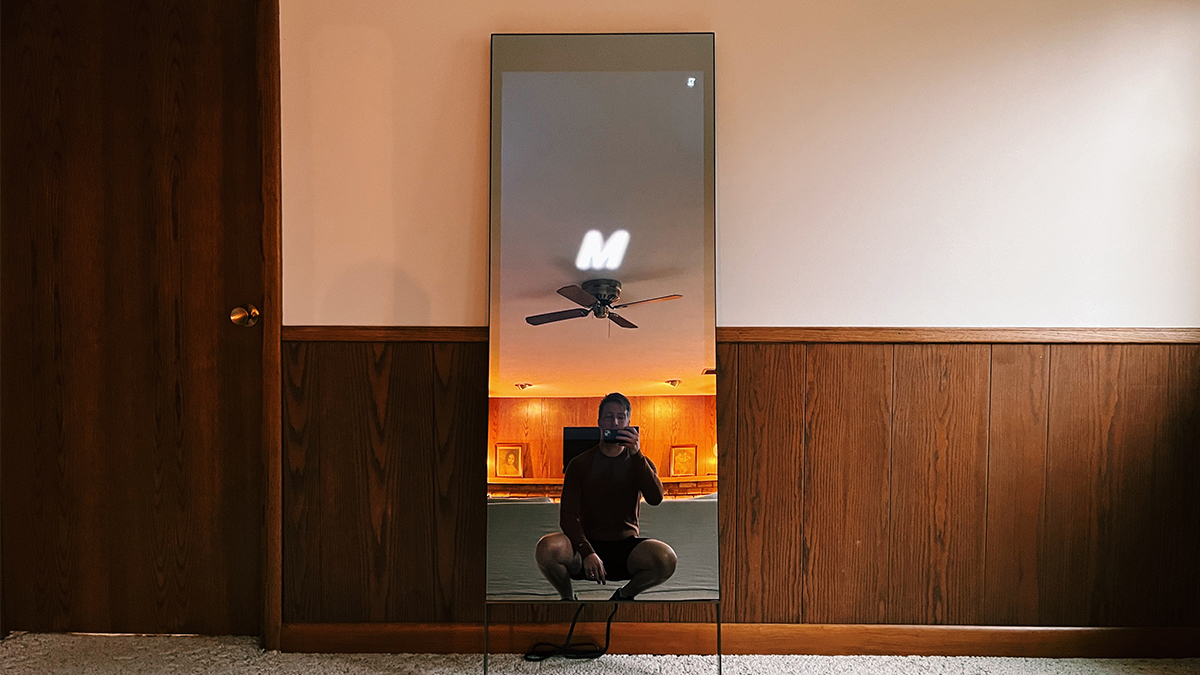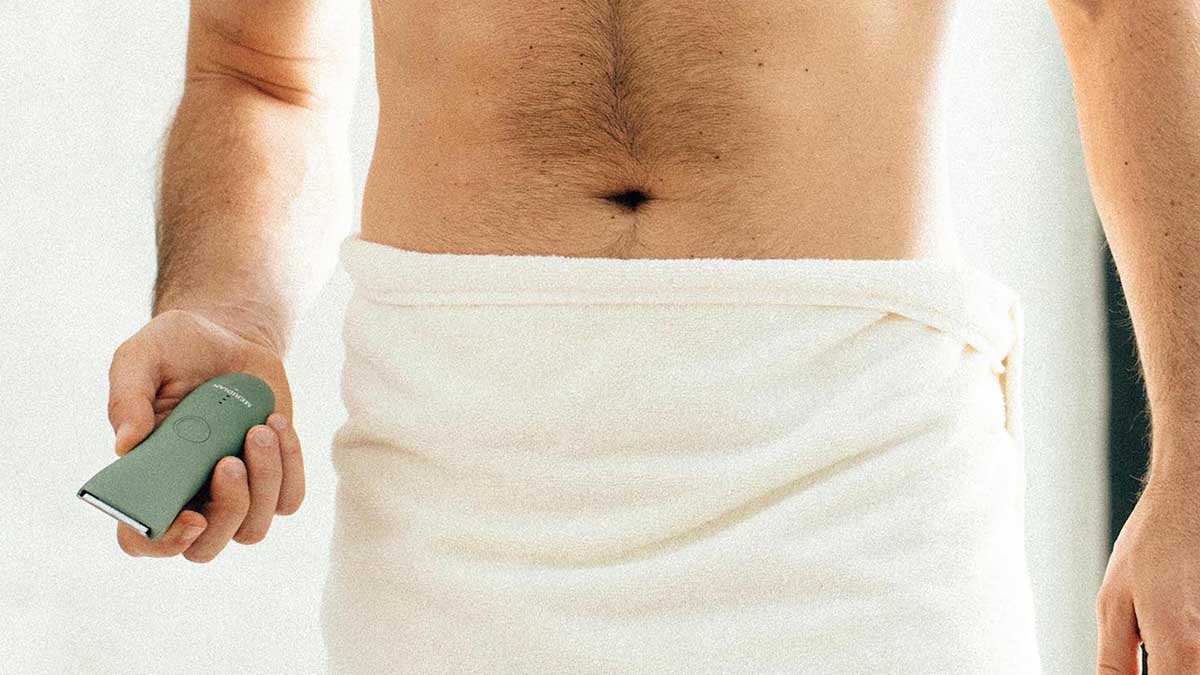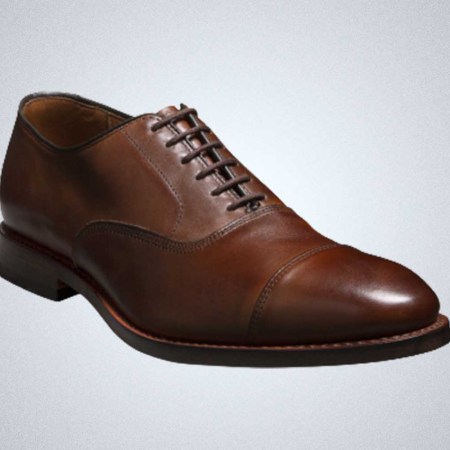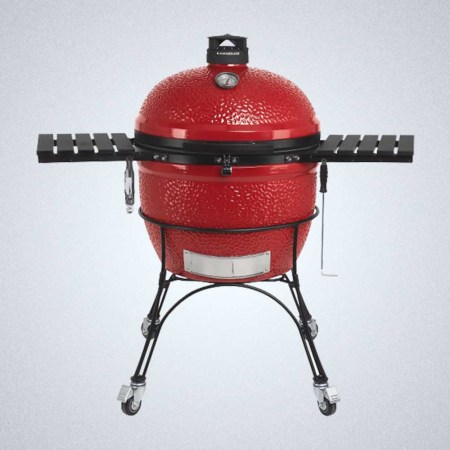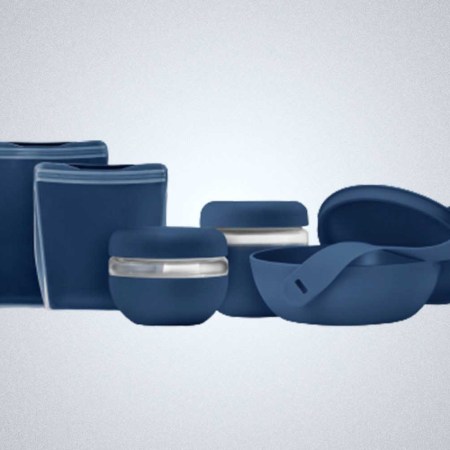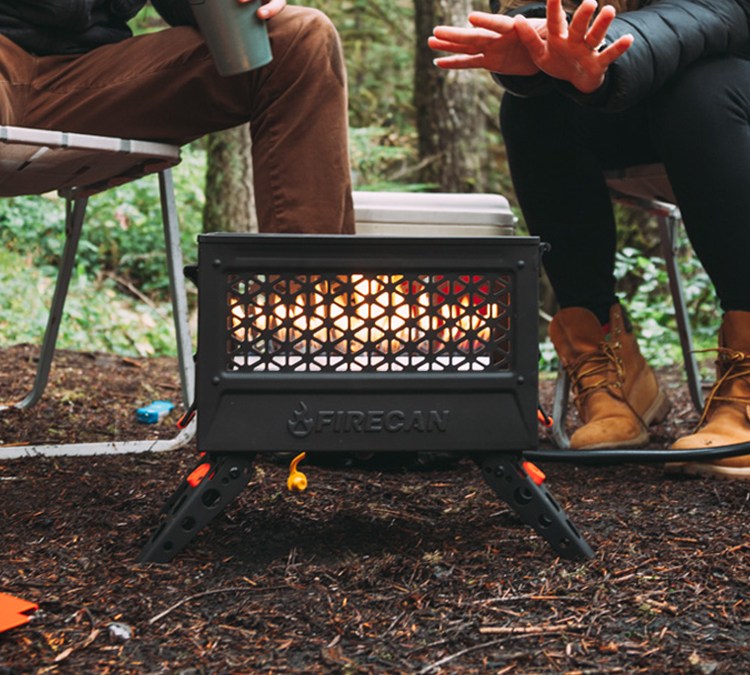Please note: If you buy through the links in this article, we may earn a small share of the profits.
What’s more symbolic of a summer night outdoors than the warm comfort of the campfire? The flames glowing in hues of orange, yellow and white. Those conversations we believe so profound after a few beers, but thankfully our words floating off like ash into a starry night. The embers dwindle and you decide to call an end to passing around the whiskey, only to get lost in search of your tent.
Yeap, the campfire friends, the campfire. It has served as a gathering place for humans for more than a million years according to a cave in South Africa’s Kalahari Desert. Yet today, on the public lands of the American West, our summer campfires are under threat. The aggressor: wildfire.
If the path of widespread fires and restrictions continues in the years ahead, the idea of bringing along a gas-powered fireplace may be the best way to keep the flames of this camping pastime stoked. Ignik, a Washington-based outdoor company designing what they call sustainable wilderness heating products, has conjured a solution in the FireCan.
Over the past decade, we’ve seen some of the most destructive wildfires in US history. In 2021 California recorded its second-worst year of wildfires on record, burning more than 2.5 million acres. And the worst year in California history, 2020, saw nearly twice as much acreage burned at 4.3 million.
As fires grow in the dry tinderboxes we call our national forests, officials are forced to take stages of action restricting recreational fire. And by stage two, all campfires and cooking fires made of wood, charcoal or any other combustible solid matter you can conjure become prohibited altogether within the designated region.
There is an exception to fire restrictions though: the use of devices powered by propane. Propane stoves provide immediate shut off and don’t leave unattended embers laying around to catch a floor of pine needles. Yet, the gas fireplaces we know from backyards and restaurant patios are cumbersome devices we wouldn’t exactly pack in the back of the Subaru for a weekend getaway. This is where the outdoor-savvy design of the FireCan steps in.

The Ignik FireCan is a portable gas-fire pit. It’s a rectangular box, 15 inches long by seven inches wide. Its body is constructed of steel with a high-temperature coating and weighs 11 pounds. The FireCan has a removable lid and propane hookup on the back. The shape and lid style are inspired by the surplus military ammo can. If you’ve spent time on river trips, off-road or in the military, you know the ammo can as a beloved metal box used to carry many things beyond ammunition — the shape of the can works well for storing and stacking in the jigsaw puzzle that is packing for an extended outing.
Ignik has the right idea for practicality and playful marketing by building their FireCan in the compact design of an ammo can. Gas fireplaces are no innovation, but Ignik has a way of redesigning existing products to make them enticing to modern outdoor users. The company also produces heated blankets, gas stoves, and their five-pound refillable propane tank they call the Gas Growler. The latter is their keystone product built in an effort to eliminate those disposable, green cartridges we’ve all grown up cooking on Coleman stoves with.
The FireCan has a grated front and back that’s dual-purpose: users can see the flames of the fire and the box can easily emit heat. It has four folding legs attached to the bottom to lift it off the ground, and a quick-connect fitting for a propane hose on the back. The FireCan is plug-and-play ready with the included hose which you can attach to one of Ignik’s five-pound tanks or with any 10-pound tank you would have for a home grill.
Two rows of burners inside the FireCan produce stove-like flames and crank up to a maximum output of 38,000 BTUs. The FireCan claims 144 minutes of burn time on full blast in combination with Ignik’s five-pound tank.
I always enjoy mixing business with romantic outings, and so my first test of the FireCan was a weekend camping trip on the Oregon coast with my girlfriend.

Setting the FireCan up for use takes no more than a minute. Remove the lid. Connect the hose. Light the fire. I opened the valves about halfway to start, and stepped back to enjoy. At this level, the FireCan provides some ambiance, but the flames are hidden within the box, and have a very tame look, as you would expect from a stove flame. Turning the valves all the way open, the flames of the FireCan climbed outside the box and began to dance with some of the wildness that makes a campfire hypnotizing. Or as my girlfriend lounging back in her camp chair observed, “It’s like a brewpub tabletop fire with the training wheels off.”
The FireCan emitted some noticeable warmth. Though let’s be honest, the output of a fire pit this size is not going to match the hair curling temperatures of a roaring pile of wood pallets, so check your expectations. The FireCan’s current goal is to set the campfire vibe while throwing a touch of heat.
Its small, straight flames on the lower setting aren’t convincing though. Ignik has worked on this by selling bags of volcanic rock separately. You can place these lava rocks on the burners to recreate the erratic nature of fire consuming the classic timber fuel.
While more exciting, simply using the FireCan on high has two noticeable downsides.
The first is limited burn time. At two-and-a-half hours, a five-pound tank opened full bore will get you through a night, but not a weekend. This may work out for car campers who have the option to run out for a refill, but if the FireCan hopes to attract users like river runners and overlanders for whom cooking fuel is a precious resource, it may be hard to justify.
But there are some workarounds. My recommendation would be to bring a tank marked for use specifically with the FireCan. The result will be using the FireCan at a lower setting for ambiance and rationing your time through the trip.
The other issue with running the FireCan on high is the sound of hissing propane. Again, at the lower setting, this wasn’t noticeable. But when running the FireCan on maximum flammage, the hiss of gas was unmistakable. Upon first inspection, I might suggest wetting the volcanic rocks, but this would not be advisable due to the increased risk of exploding from steam. Unless Ignik can muster up a way to produce the crackle and pop filling the air, we may just have to keep some Yule log audio saved for offline listening.
The FireCan could stand to make some small changes to design as well. While the ammo can shape is ingenious and familiar to outdoor users, there are elements of the FireCan that actually keep it from matching an ammo can’s ability. The legs on the bottom stick out even when folded, creating some snagging potential. This is the lesser of the issues.
The main culprit here is the hose fitting projecting about an inch off the back of the FireCan. This small detail creates a major component you have to be aware of not to damage, for one thing. It also keeps the FireCan from sliding snuggly in a place the box would fit perfectly otherwise. This is especially important when real estate is valuable, like the back of a truck or inside a loaded raft. If Ignik could find a way to recede the propane connection into the body of the FireCan, the frame of this portable fire pit would be a near-perfect design.
The Ignik FireCan is fun, and serves a thoughtful purpose. There are elements of the FireCan left to be desired (if they can solve the crackling sound dilemma, it’s game over), but what’s impressive about the company is their solution-driven reinvention of outdoor gear. The FireCan is great for car campers, while wilderness users may be reluctant to adopt a gas-powered fire pit. The truth though is the FireCan may be a look at the future of the campfire in a world prone to wildfire, and it’s a reality we may need to adopt in order to preserve our gathering place on summer nights.
We've put in the work researching, reviewing and rounding up all the shirts, jackets, shoes and accessories you'll need this season, whether it's for yourself of for gifting purposes. Sign up here for weekly style inspo direct to your inbox.

